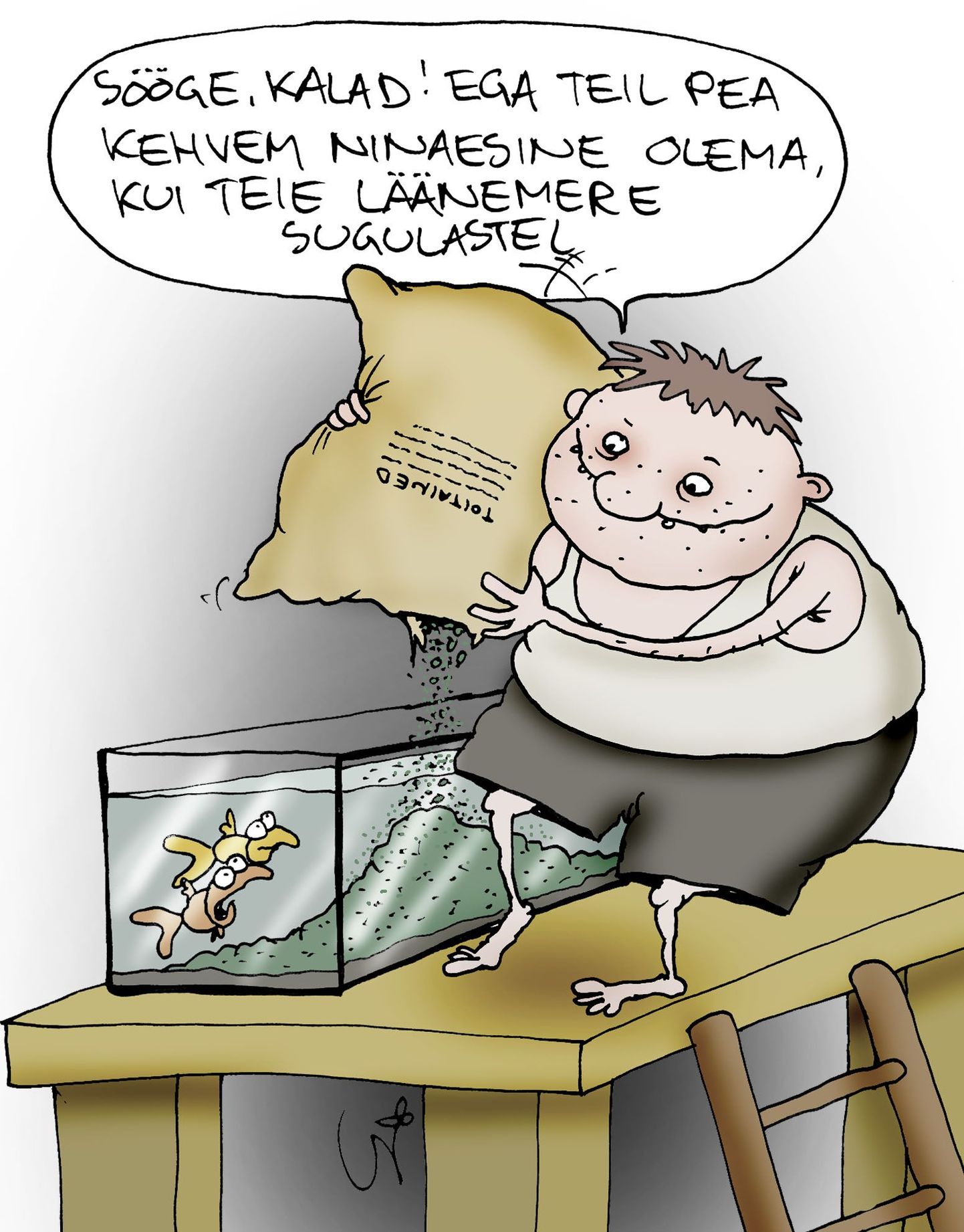Is our native sea the global dirtiest? It does include several toxin-polluted areas where, since 19th century, industrial wastes have been sunk. That will not mean that the sea sitting on 365,000 square kilometres is evenly polluted. The reason the factory pipes did more harm here is simple: in oceans, the pollution is easily diluted. The rather shallow Baltic water is not replaced too fast. Also: the Baltic Sea basin is four times the area of the sea itself, and is inhabited by some 85 million people – the potential pollution load being very high.
Understanding that, four decades ago (in 1974) the first Helsinki Convention was entered into by the seven states on its shores (now we are nine). The aim was to limit pollution from mainland; this has been a success. Without exaggeration, it may be claimed that the agreements and activities to protect the Baltic Sea are an example to marine protection the world over. By now, all Baltic Sea states except Russia are in EU, thus impacted by its marine protection rules and large-scale investments into waste water treatment.
Generally speaking, the simple stuff has already been done to protect the sea. These will not do away with long-term effects of last century’s pollution; even so, at least we are not spoiling it as intensively as we used to.
